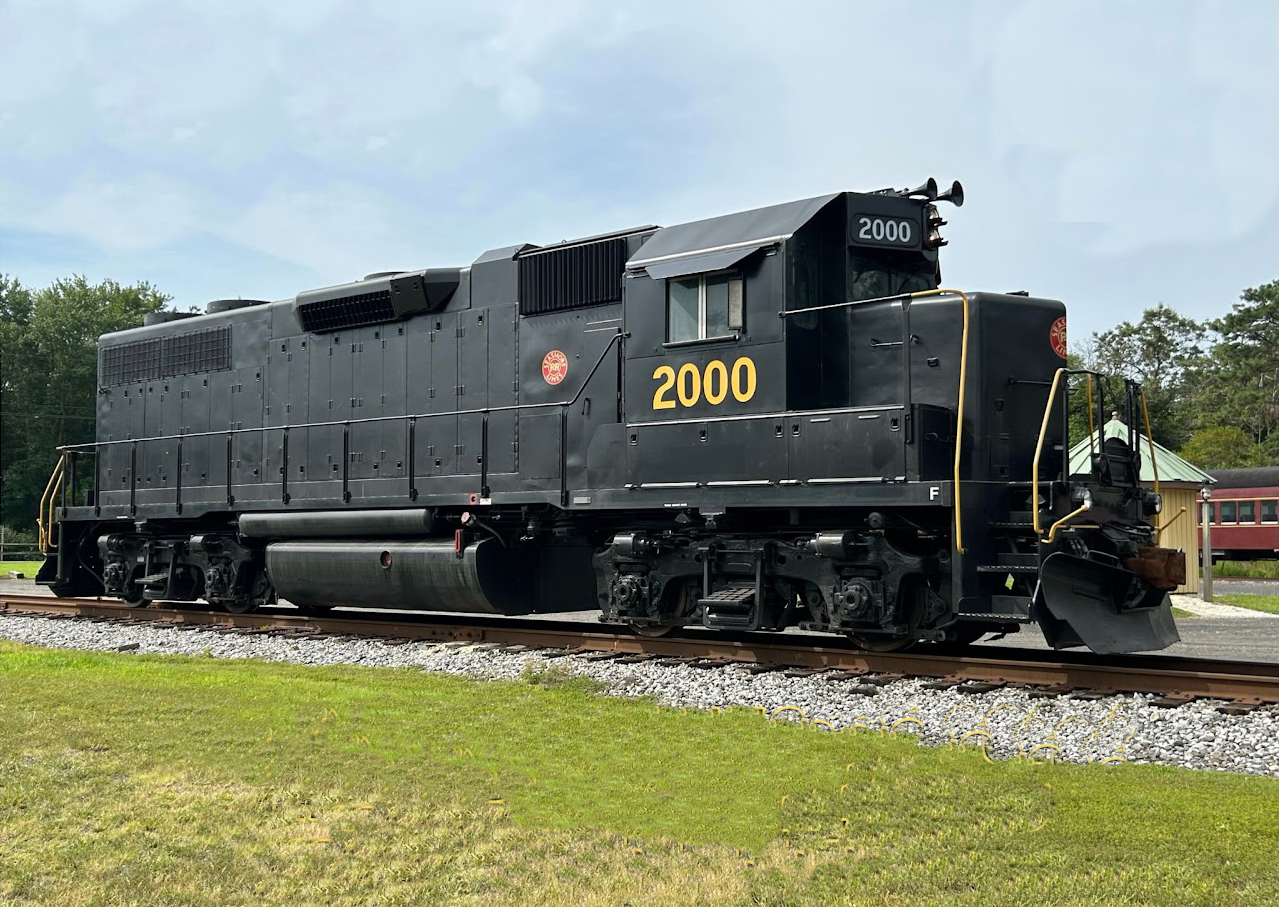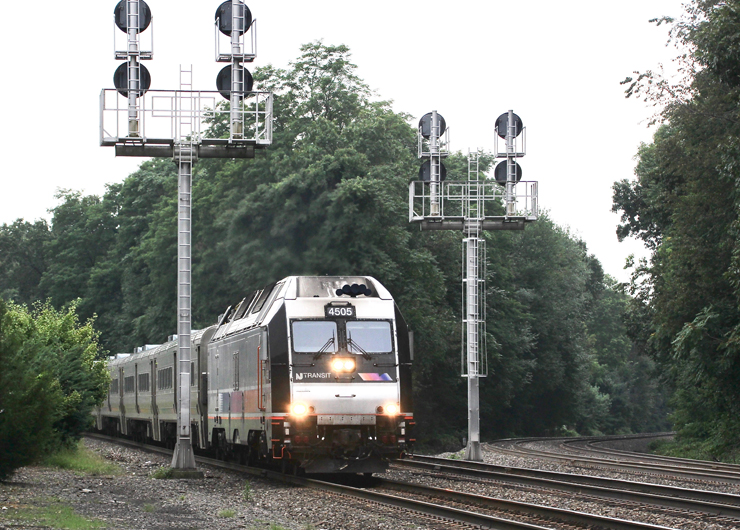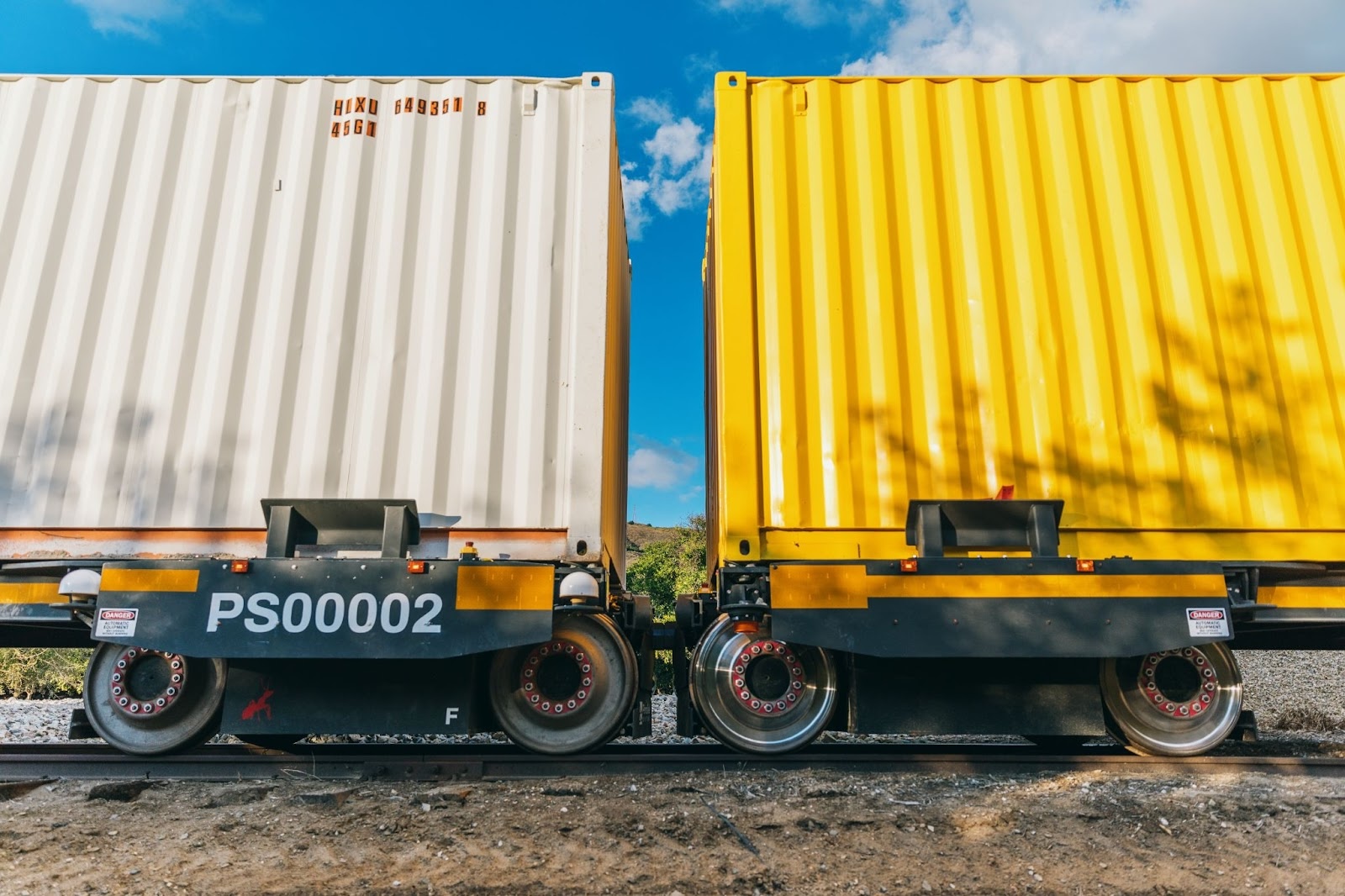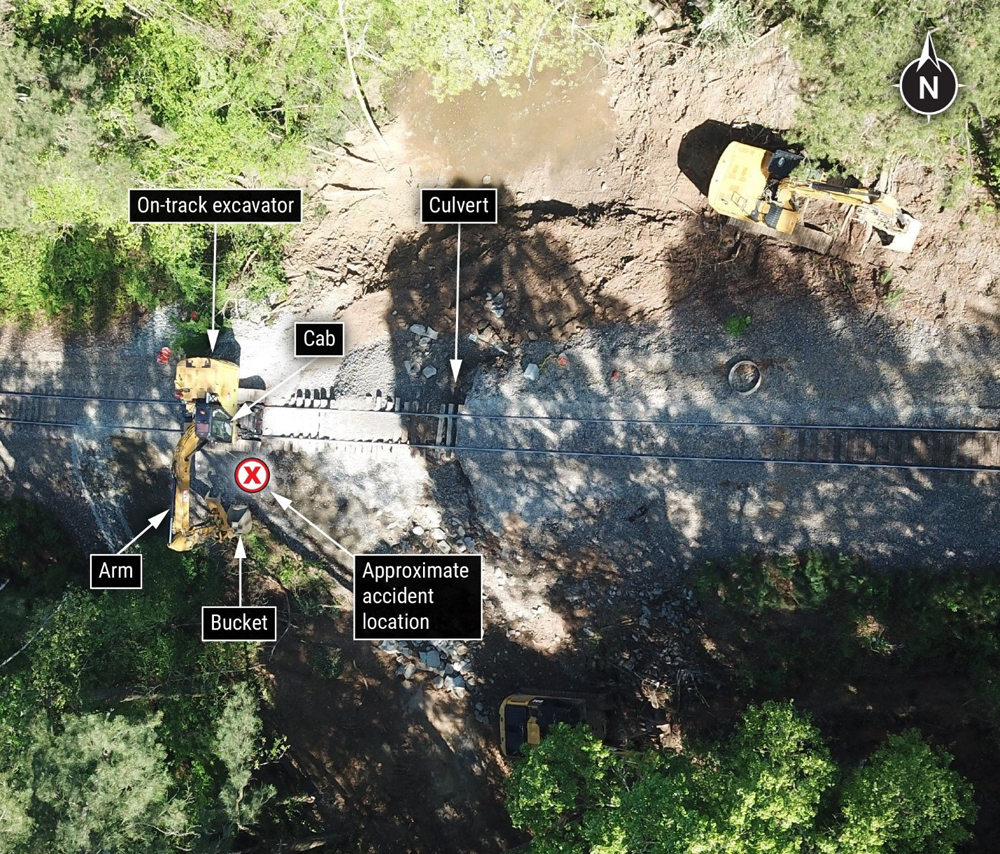
RICHLAND VILLAGE, N.J. — Cape May Seashore Lines is going “back to the future” with its recently acquired GP38 No. 2000. The unit once belonged to predecessor railroad Pennsylvania Reading Seashore Lines. It joins two other ex-PRSL GP38s the railroad is leasing: GMTX 2661 (former PRSL Nos. 2011) and LLPX 2014 (PRSL 2012).
Pennsylvania – Reading Seashore Lines Number 2000 was built by General Motors – Electro Motive Division for PRSL in December 1967. It was the first of 15 GP38s built for the PRSL. It was later acquired by Conrail, and renumbered 7660. In December 2023, No. 2000 will enter its 56th year of service. To celebrate its return to New Jersey, CMSL operated two passenger excursions with the locomotive Sept. 16.
Pennsylvania-Reading Seashore Lines was created in 1933 as a joint consolidation in southern New Jersey between the Pennsylvania Railroad and the Reading Co. Conrail took over the PRSL on April 1, 1976. Conrail ended freight service on Oct. 10, 1983 and sold the line to New Jersey Transit as their Cape May Branch.
Cape May Seashore Lines operates the Cape May Branch and beginning in 2022, Conrail’s Beesley’s Point Secondary. Tony Macrie formed the railroad in 1984.














2010 to 2014 were supposed to become PRSL units but as EMD was finishing up the units for PRSL, co-parent PC went bankrupt that June, 1970. The lease financing for PRSL for those units was withdrawn and EMD was stuck with five GP38s in PRR green paint and yellow numbering. I believe the PRSL decals were not applied. Penn Central quickly got a debtor financing arrangement somehow and bought the five, despite the lack of dynamic brakes. That lack of dynamic brakes also relegated them to the flatlands of PC territory, in South Jersey, the Phila. area, and the Schuylkill Branch. They were likely the only PC units delivered after 1969 in PRR DGLE paint. They kept all of the PRSL coloring but PC emblems were put on them in the usual places. I believe the PC name was not. They were mostly left alone by the painters the rest of their PC careers. The PRSL had to make do with the old Baldwins. They pleaded with PC and Reading for used GP7s or 9s, anything, but they refused, as they knew Conrail was coming. CR kept the PRSL 10 until the leases ran out. 2000 ended up on the NL&G in Louisiana. Most of the others went to BAR and Iowa Interstate, where their lack of dynamics wasn’t a problem. As they drifted into lease fleets dynamics were retrofitted, 2000 happens to be one of them. CMSL also has the 2014 on its property. It is in black paint and still lacks dynamics. So to have 2000 back in NJ is reason to celebrate as it is the real deal, not one of the almost five. As for them Conrail owned them outright so they stayed until after the 1999 split. CSX got them, then they went into lease fleets.
Still in great shape at 56. Beyond cool!
Dr. Güntürk Üstün
The EMD GP38 is a four-axle diesel-electric locomotive built by General Motors Electro-Motive Division between January 1966 and December 1971. The locomotive’s prime mover was an EMD 645 16-cylinder engine that generated 2000 horsepower (1.49 MW). The company built 706 GP38s for North American railroads.
In 1972, EMD began making an updated model, the GP38-2, as part of its Dash-2 line.
Dr. Güntürk Üstün
Very cool!
The GP38’s were built with dual control and had extended cabs. ConRail was not big on dual controls so I doubt if PRSL 2000 still has both conttols.
Prior to the GP38’s PRSL had an all-Baldwin diesel fleet. EMD had built 15 GP38’s for PRSL, but 2010-2014 were diverted to PC instead. Not to worry: they worked in South Jersey for PC until all 15 units flowed to ConRail.
I always found the extended cab for these dual control locos an interesting feature. I like the look.